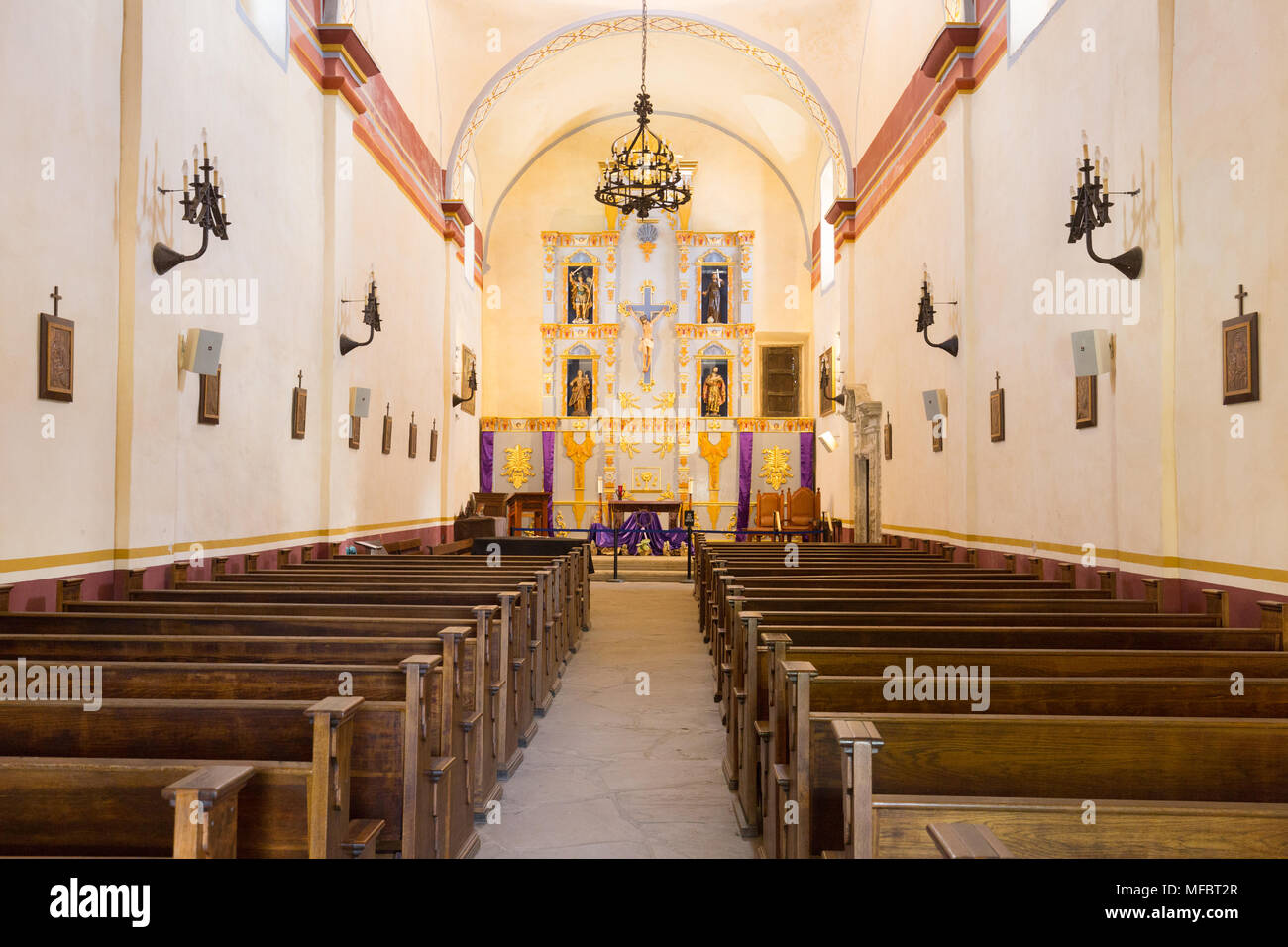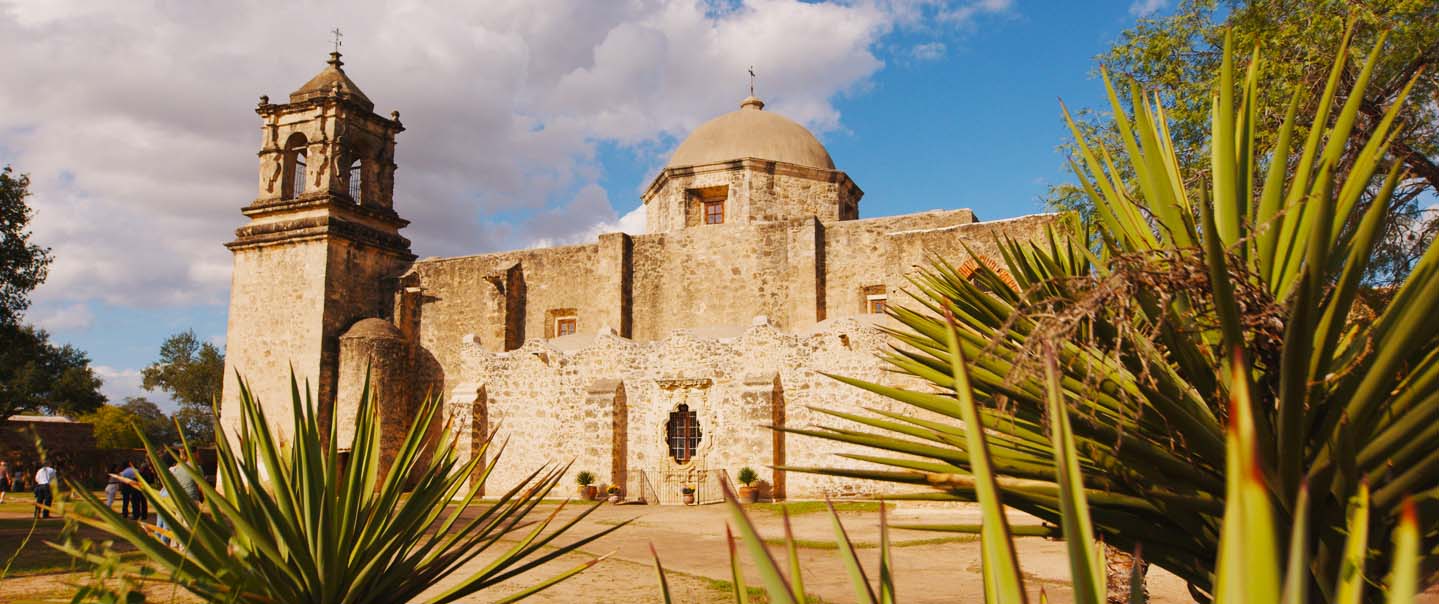Explore the Rich Background of San Antonio Missions National Historic Park: a Comprehensive Overview to Its Cultural Significance and Preservation Initiatives
San Antonio Missions National Historic Park stands as a testimony to a past period, enveloping a rich tapestry of background and cultural value. As we begin on a journey through the historical history of these goals, we reveal building wonders that have endured the examination of time. Past the plain physical structures, each mission, notably Objective Espada, carries an extensive cultural weight that reverberates deeply with those who discover its premises. More diving into the conservation efforts and difficulties faced by the park exposes a complicated interaction between community, preservation, and history engagement. The story of San Antonio Missions National Historic Park is not merely about the past; it is a living narrative that proceeds to unfold, inviting us to ponder its long-lasting legacy and the ongoing efforts to safeguard its heritage.
Historical Background of San Antonio Missions
The origins of the historic background of the San Antonio Missions run deep, intertwining Spanish early american influence with native cultures in the South Texas area. Established in the very early 18th century, these goals were started by Franciscan friars with the objective of spreading Christianity and converting the local aboriginal populations. San Antonio Missions National Historical Park history. The Spanish Crown sustained these objectives as a way of solidifying control over the region and increasing their influence in the New World
The Spanish promoters played a substantial duty fit the cultural landscape of the area, presenting new agricultural strategies, style, and religious techniques. The native neighborhoods, such as the Coahuiltecans and other tribes, interacted with the Spanish inhabitants, causing a mixing of beliefs and practices.
With time, the objectives ended up being not only religious facilities however social and also economic centers, attracting settlers from different histories. Today, the San Antonio Goals stand as a testimony to this intricate history, showing the sustaining heritage of Spanish manifest destiny and the strength of indigenous societies in South Texas.
Architectural Wonders of the Objectives
Having laid the foundation of cultural exchange in between Native areas and spanish promoters, the architectural wonders of the San Antonio Missions exhibit a mix of European and indigenous craftsmanship that remains to mesmerize visitors. These goals, consisting of Goal San Jose, Mission Concepcion, Mission San Juan, Objective Espada, and the Alamo, display distinguishing characteristics such as luxuriant exteriors, detailed makings, colorful frescoes, and sturdy rock wall surfaces. The Spanish Colonial architecture, defined by arched doorways, bell towers, and roomy courtyards, shows an unified fusion of Spanish design aspects with indigenous structure techniques.
Each goal within the San Antonio Missions National Historical Park informs a distinct tale via its design, illustrating the advancement of building and construction styles and social impacts over time. Site visitors can admire the knowledgeable craftsmanship noticeable in the detailed stonework, hand-carved wooden doors, and religious iconography adorning the insides. These architectural work of arts stand as long-lasting testaments to the long-lasting tradition of the goals and the social heritage they represent.
Social Value of Objective Espada
With its historic roots deeply linked with the native cultures of the region, Goal Espada stands as a sign of social strength and adaptation within the San Antonio Missions National Historical Park. Established in 1690, Goal Espada was established by Spanish Franciscans as a means to spread Christianity among the Coahuiltecan people while additionally functioning as a center for agriculture and sector. The goal's cultural importance depends on its role as a meeting point in between Indigenous and european American practices, causing an unique blend of building styles, religious practices, and farming strategies.
Mission Espada's legendary aqueduct, referred to as "Acequia de Espada," is a testament to the design abilities of both Indigenous and spanish peoples, showcasing their cooperation in building vital waterways for watering functions. This harmonious blend of cultural impacts is more exemplified in the objective's elaborate makings, colorful frescoes, and religious events that proceed to be exercised to this particular day. As one of the oldest unrestored stone churches in America, Mission Espada stands as a living testament to the long-lasting legacy of cultural exchange and adaptation that defines the San Antonio Missions National Historic Park.
Conservation Obstacles and efforts
Conservation in maintaining the historical stability of Objective Espada runs into a myriad of complicated obstacles that need innovative options and devoted stewardship. As one of the five goals within the San Antonio Missions National Historical Park, Objective Espada faces conservation concerns originating from ecological aspects, metropolitan advancement, and the continuous battle versus all-natural damage. The delicate equilibrium between saving the initial structures and guaranteeing visitor accessibility and security calls for meticulous preparation and implementation.
Efforts to preserve Objective Espada entail a multi-faceted method that includes routine maintenance, architectural evaluations, and conservation projects. Partnerships in between park officials, historians, archaeologists, and regional areas are necessary in developing sustainable preservation approaches. Difficulties such as moneying constraints, minimal resources, and the need for specific proficiency even more complicate preservation initiatives.
In spite of these difficulties, the commitment to protecting Objective Espada's historical significance continues to be steadfast. With proceeded study, area involvement, and flexible preservation methods, the conservation of Goal Espada stands as a testimony to the commitment in the direction of shielding our cultural heritage for future generations.
Area Engagement in Park Conservation

One of the primary means the park entails the community is with volunteer possibilities. Neighborhood residents can take part in preservation jobs, curricula, and special occasions, permitting them to add straight to the conservation of the park. This hands-on participation not only benefits the park in terms of added sources and workforce yet also creates a stronger link between the park and the area itself.
In addition, the park frequently looks for input from neighborhood stakeholders, including community groups, companies, and government firms, to guarantee that conservation efforts align with the demands and values of the surrounding neighborhood. By engaging with the regional population in these significant means, San Antonio Missions National Historic Park promotes a culture of conservation and sustainability that will certainly help protect this social prize for future generations.
Conclusion

Beyond the plain physical frameworks, each objective, notably Mission Espada, carries a profound social weight that resonates deeply with those that discover its grounds. These objectives, consisting of Objective San Jose, Objective Concepcion, Mission San Juan, Mission Espada, and the Alamo, display unique features such as ornate exteriors, complex makings, vivid frescoes, and durable stone wall surfaces.With its historical roots deeply linked with the indigenous cultures of the area, Objective Espada stands as a symbol of social resilience and adaptation within the San Antonio Missions National Historic Park (San Antonio Missions National Historical Park events). As one of the earliest unrestored rock churches in America, Mission Espada stands as a living testament to the long-lasting tradition of cultural exchange and adjustment that specifies the San Antonio Missions National Historic Park

Comments on “Obtain Your San Antonio Missions National Historical Park Tickets: Plan Your Browse Through Today”